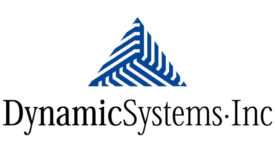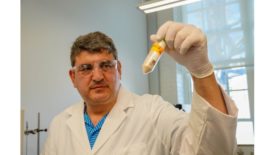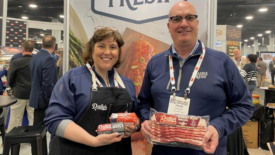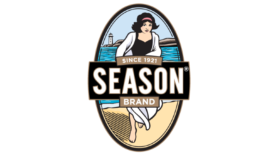Packaging
This application provides the speed and accuracy of using barcode software without the high cost of implementing a full warehouse system.
Read More
Auburn University researcher receives two patents expected to reduce protein waste
Researcher develops an inexpensive solution for real-time freshness monitoring.
Read More
The National Provisioner Podcast Episode 170: Following up on The Power of Meat
The Power of Meat report shows 80% of Americans describe themselves as meat eaters.
Read More
Ossid and SEE partner to support case-ready processors
Under this partnership, customers can purchase from SEE a complete tray overwrap solution that includes machinery from Ossid and trays and film from SEE.
Read More
KM Packaging brings on Mike Aho as North American operations leader
Mike Aho brings an extensive background as an ops manager in various food plants, coupled with over 25 years of experience in performance film development and sales.
Read More
USDA and Maine offer nearly $4 million in RFSI funding
Maine accepts applications for this Infrastructure Grant funding through April 29, 2024.
Read More
Atkins Ranch refreshes brand identity for grass-fed lamb
Atkins Ranch aligns its packaging design with its brand purpose and celebrate its New Zealand origins.
Read More
Commentary: PMMI
Prepare for sustainability laws
Material phase-outs and bans, EPR rules and demands for a circular economy loom on the regulatory horizon.
Read More
Annual Meat Conference 2024
News and new products from AMC 2024
This year's event in Nashville attracts 140 exhibitors.
March 21, 2024
Season debuts new jarred yellowfin tuna fillets
New jarred yellowfin tuna fillets come in olive oil or spring water.
Read More
Get our new eMagazine delivered to your inbox every month.
Stay in the know with The National Provisioner's comprehensive coverage of the meat and poultry processing industry.
SUBSCRIBE TODAY!Copyright ©2024. All Rights Reserved BNP Media.
Design, CMS, Hosting & Web Development :: ePublishing









